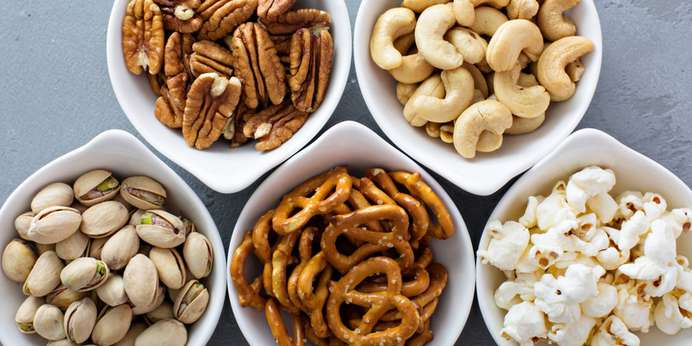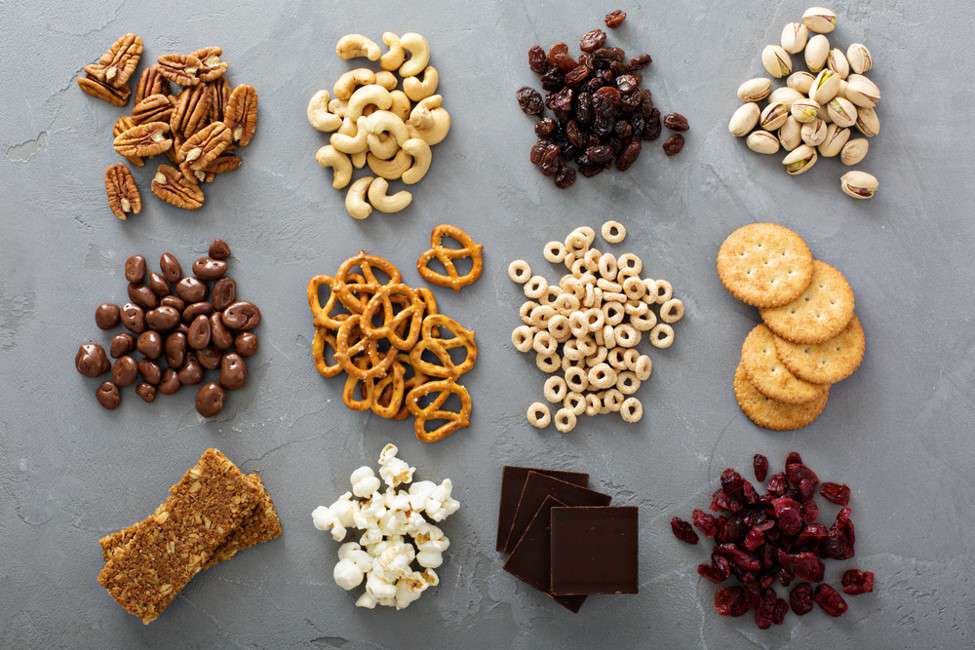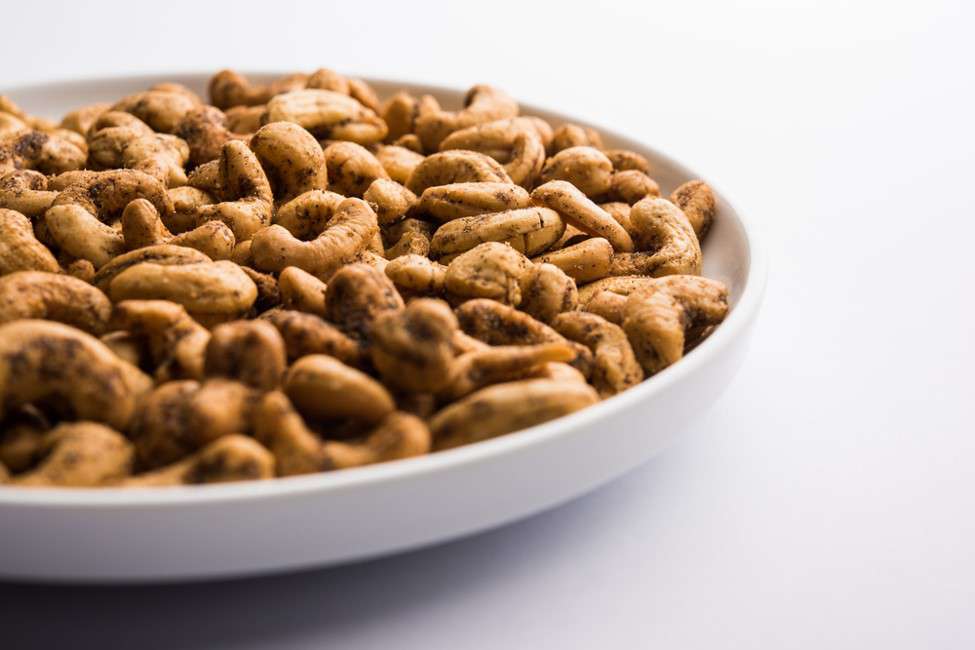
Textured and non-uniform food products have always created challenges in color measurement. Sample preparation and size often create limitations on production and quality control when working with multiple samples or larger food products. Traditional color spectrophotometers only allow for one sample reading at a time, which can be both labor and time-consuming. However, SMART technology provides a solution to areas where traditional spectrophotometers have fallen short. These new innovations are specifically tailored to meet the growing demands of the food industry.
Bigger is Better
With food measurement, size really does matter. A typical color spectrophotometer uses only a single 1” diameter per reading, limiting sample size and surface area. Many foods, such as cookies and snack bars, do not fit the typical sample size parameters of traditional instrumentation, therefore requiring multiple readings or sample decomposition to obtain accurate results.
Portable spectrophotometers only allow for one measurement at a time and require multiple readings to determine product consistency from batch to batch. With a high demand for product yield, manufacturers must perform hundreds of individual sample readings each day, equating to hours of added production time and the increased possibility of human error. Standard benchtop models are also limited by sample surface size, decreasing their efficiency and accuracy. With standard benchtop spectrophotometers, many product samples must either be compromised to fit the average sample cell holder or be crushed or ground into a powder to create a more uniform appearance. Not only does this method waste viable product, it does not provide accurate visual data in a way that it is seen by the consumer. With limited sample surface area, often only a small portion of the product is measured at a time, therefore not giving an accurate representation of batch-to-batch color quality and consistency. However, new technologies are providing solutions to these challenges by expanding sample area size.
The Aeros spectrophotometer offers the largest sample area measurement on the market today. With a non-contact, rotating platform and SMART technology, this instrumentation is in a league of its own. In comparison to the single 1” diameter standard color spectrophotometer sample area, the Aeros boasts a huge 7” rotating sample holder, which provides multiple one-inch sample reading every second. A complete rotation only takes 5 seconds, equating to 35 measurements and a total of 27.50 square inches of sample surface. These measurements are then averaged to provide a comprehensive evaluation of the sample as a whole. This unique advantage can provide a full surface reading for larger samples or allow for multiple samples to be measured at one time, ensuring the most accurate and consistent results. Additionally, the larger sample area holder accommodates a variety of containers and sizes for multiple product measurement in one sample collection. It is versatile enough to even measure products in their final packaging state for the most accurate color data in relation to consumer perception.

The Aeros offers the largest sample area measurement in the world, resulting in more accurate results. Image Source: Shutterstock user Elena Veselova



